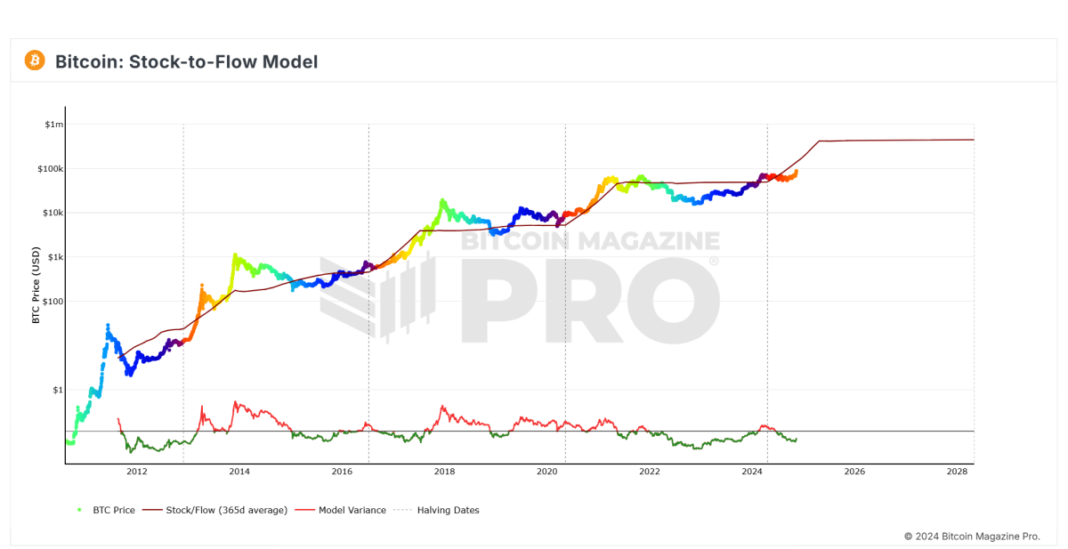Scientists have found the largest coral in the world near the remote Solomon Islands in the Pacific Ocean, a gigantic organism that can be seen from space.
The “mega coral” is 32 metres (105 feet) long and 34 metres (111 feet) wide and is believed to be about 300 years old, the National Geographic Society said on Thursday. It is mainly brown but features splashes of bright yellows, blues and reds, and is covered with ripples of waves, mirroring the ocean’s surface.
The organism, which has a circumference of 183 metres (600 feet), is made up of a network of coral polyps, tiny individual creatures. It was discovered by members of National Geographic’s Pristine Seas team – a group of scientists working on board a research vessel in the southwest Pacific Ocean in October.
Unlike a reef, which is a network of many coral colonies, the newly discovered structure is a standalone coral that has grown uninterrupted for hundreds of years.
Warming oceans caused by climate change have drained the life from corals, including in Australia’s Great Barrier Reef. The researchers said, “Witnessing this large healthy coral oasis in slightly deeper waters is a beacon of hope.”
The coral species, Pavona clavus, provides habitat, shelter and breeding grounds for an array of species from shrimp and crabs to fish.
Despite its colours and size, to the naked eye, the coral looks like a giant rock beneath the ocean surface. When the researchers initially spotted it, they thought it might be remnants of a shipwreck due to its size until one of the team dove for a closer look.
“Just when we think there is nothing left to discover on planet earth, we find a massive coral made of nearly one billion little polyps, pulsing with life and colour,” said Enric Sala, National Geographic explorer in residence and founder of Pristine Seas.
“This is a significant scientific discovery, like finding the world’s tallest tree,” Sala said.
It is three times bigger than the previous record-breaker, known as Big Momma, in American Samoa, and is about the size of two basketball courts or five tennis courts.
But there is cause for alarm, Sala said, noting that the coral is not safe from global warming despite its remote location.
“The genetic code of these simple polyps is an enormous encyclopaedia that has written how to survive multiple climatic conditions, and until now it does so in the face of ocean warming,” said Manu San Felix, underwater cinematographer of Pristine Seas – the first to spot the coral.
The discovery comes as delegations from 200 countries are meeting in Baku, Azerbaijan, for the United Nations climate summit (COP29). The event is being held during another year of record-breaking temperatures, adding pressure to the negotiations aimed at curbing climate change.
The last global scientific consensus on climate change was released in 2021 through the Intergovernmental Panel on Climate Change, however, scientists say evidence shows global warming and its effects are unfolding faster than expected.

The world may already have hit the threshold of 1.5 degrees Celsius (2.7F) of warming above the average pre-industrial temperature, beyond which it is at risk of irreversible and extreme climate change, scientists say.
Concerning life underwater, scientists fear the world’s reefs have passed a point of no return, with the world in the throes of a fourth mass coral bleaching event – the largest on record. On Wednesday, the International Union for Conservation of Nature said 44 percent of reef-building coral species globally are at risk of extinction.
The Solomon Islands, where the coral was discovered, are on the front line of risks posed by global warming and ranked as the second-most at-risk nation for natural disasters.
“The ocean provides for our livelihoods and has contributed so much to our national economy and communities,” said Solomon Islands Prime Minister Jeremiah Manele. “Our survival depends on healthy coral reefs, so this exciting discovery underlines the importance of protecting and sustaining them for future generations.”


